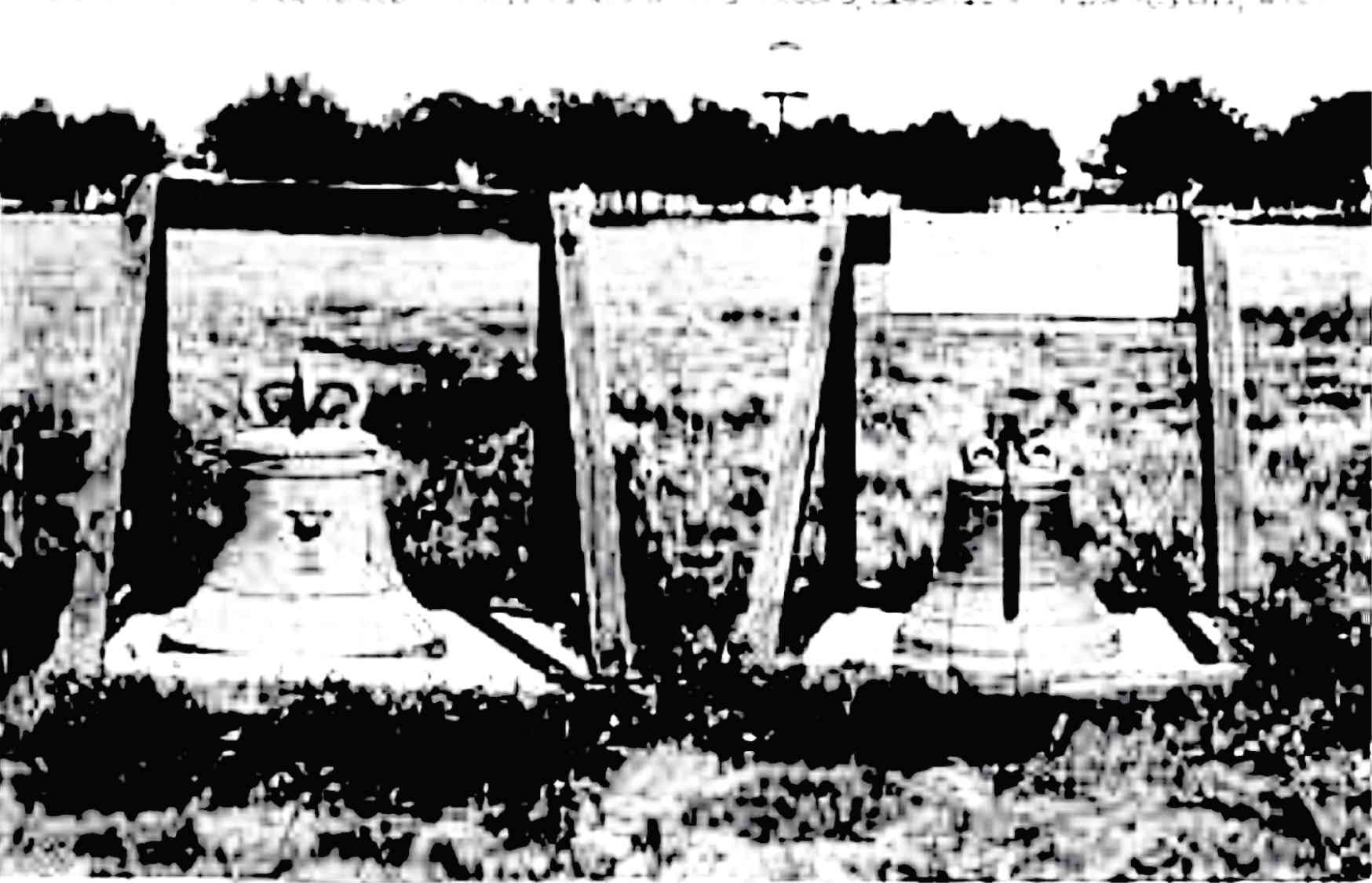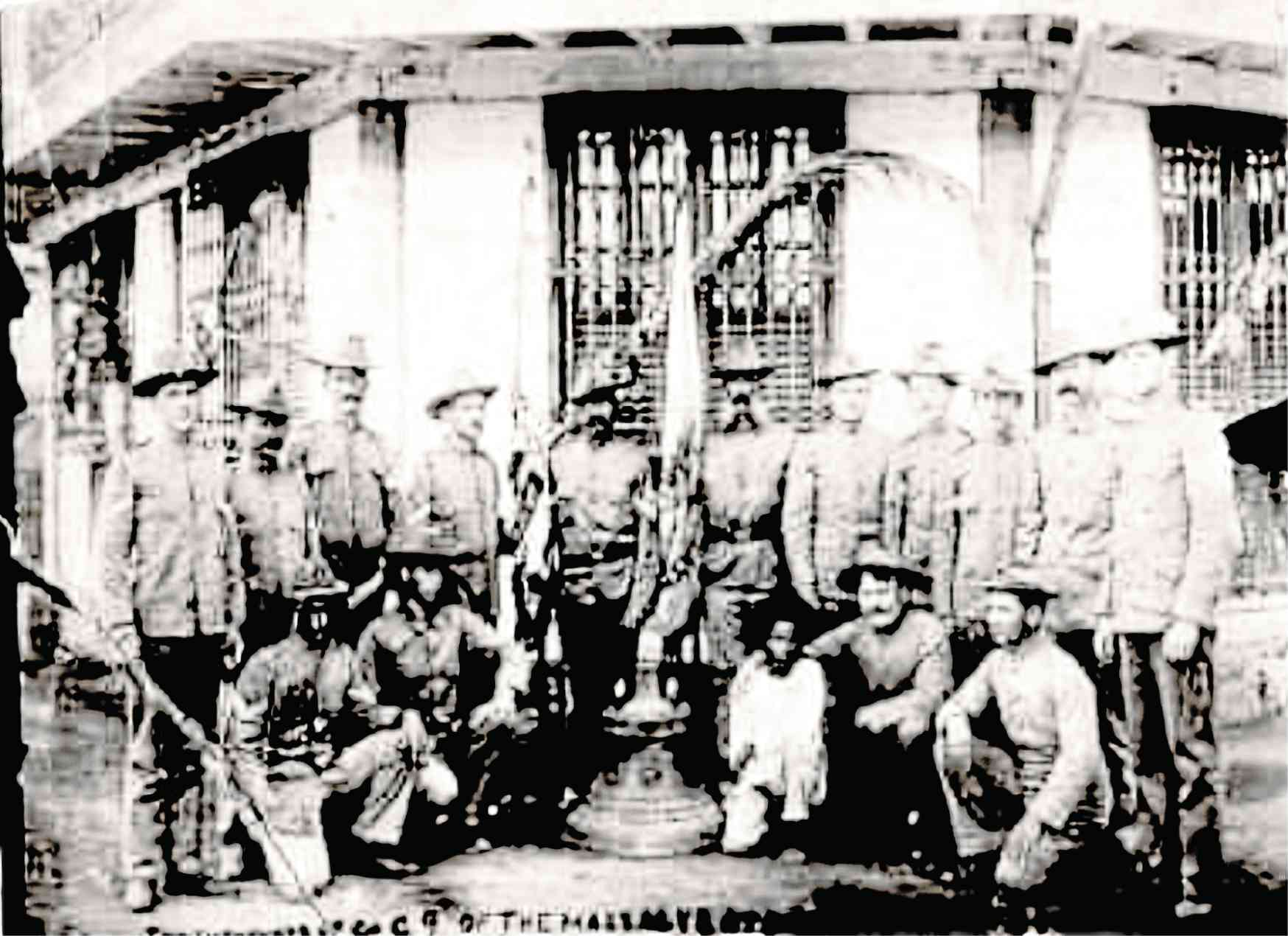
To a generation inseparable from their mobile phones, church bells are a jurassic way of telling time. Children of the digital age cannot even imagine a period when church bells rang to mark the progress of a day.
Sleep and darkness were broken by the sound of bells calling the faithful to morning prayer and Mass, that sounded at noon to signal midday, knelled at six in the evening to hurry people home, and brought people to their knees to pray the Angelus.
Depending on the way the bells tolled, people knew that someone had died, Mass was about to start, or Mass was at consecration.
Bells also pealed to signal help, to quell a fire, to signal storms, thunder, lightning and hail, and, at their most urgent, to warn people to hide or seek refuge in the church from the approach of pirates, slave raiders, bandits or tulisanes.
Before the Spanish conquest, our ancestors were a maritime culture, and their settlements grew on the coasts and river banks, an allusion that Andres Bonifacio and the Katipunan used when they defined people of the archipelago as Tagalog—not the ethnolinguistic group, but the Taga-ilog, people born of the river.
Then, in the three centuries of Spanish rule, people were moved inland, into settlements with churches at the center that grew into our towns, cities and provinces.
When church bells rang, the sound resonated far beyond town and city limits, delineating the areas of Spanish rule, then described as bajo de las campanas, under the church bells.

Franciscan emblem
Three bells taken from the church of San Lorenzo de Martir in Balangiga, Samar, by the enemy during the Philippine-American War all carry the Franciscan emblem, and are dated 1863, 1889 and 1895. These were repatriated from the United States military bases, where they had been displayed as war trophies for the past century.
Two bells were returned from a US Air Force Base in Wyoming, the third from a military museum in Korea. These bells return to Balangiga not just as artifacts or museum objects, but as “parishioners,” because following the traditional Roman Catholic blessing of church bells, these were baptized and consecrated for use.
Traditional Catholic rites require a bishop or priest, delegated by the bishop, to first wash the bells with holy water—a reference to baptism. Scripture is read, prayers recited, and the bells anointed with three crosses on the outside with the Oleum Infirmorum (Oil of the Infirm), and anointed with another three crosses on the inside with Sacrum Chrisma (Chrism Oil), olive oil mixed with balsam or perfume to give it the “aroma of Christ.”
This special oil used at the Sacrament of Confirmation gains its power during Holy Thursday Chrism Mass, when a bishop breathes into the mixture and blesses it for use.
After the anointing, incense is burned underneath the bell, filling its hollow with an additional sacramental, empowering the bell to bless the air, drive away storms, lightning, thunder, hail and evil spirits.
Saints’ names are often engraved on the bells, with a cross that repels evil.
To this cultural and religious significance of the Balangiga bells, we add the story that has been pieced together by historians Rolando Borrinaga and Bob Couttie, who have, between them, read every known document on the bells and the conflict covering the past 117 years.
Not an attack
Contrary to popular belief, the conflict in Balangiga was not a treacherous attack on a company of US soldiers headed by Capt. Thomas W. Connell.
And it was not entirely part of the Philippine-American War raging in Samar, headed by Gen. Vicente Lukban.
Balangiga residents, to put it graphically, were like a bibingka, threatened from the outside by the Filipino forces who took them for collaborators, and from within by US soldiers stationed there, who distrusted the townspeople, believing them to be guerrilla supporters.
A tuba store was the site of the spark that led to the conflict. On Sunday afternoon, Sept. 22, 1901, two drunk American soldiers tried to strike a conversation with the tindera, Catalina Catalogo, who laughed nervously because she didn’t understand what they were saying.
Provoked, the soldiers dragged her out of the store, at bayonet point, to either rough her up or do something indecent. Catalina shouted for help, and her two brothers rescued her and beat up the drunk soldiers.
Captain Connell had the townspeople assembled, and to everyone’s surprise, he did not inquire or investigate the incident, but had all the men separated and detained, all 143 of them, in two tents that could accommodate only 32.
He said they were prisoners, and when someone asked how long they would be detained, Connell barked: “Until the New Year!”
The men were not served dinner Sunday night, but their wives and families were allowed to bring them food Monday morning.
Fearing a Filipino guerrilla attack, on Tuesday, Sept. 24, 1901, Connell chose 20 men from among the detainees, and in two groups, went house to house to confiscate all deadly weapons, including bolo (blunt-tipped blades used for weeding) and sundang (bladed weapons with a sharp tip).
Later, these were sorted out, with the sundang kept and bolo returned to be used on Wednesday, when Connell ordered all the banana trees in the town cut down and all rice in storage destroyed to keep these from being taken as supplies by the Filipino forces.
Long story short, the town mayor Pedro Abayan and chief of police Valeriano Abanador plotted their revenge.
On Sept. 27, 1901, the town mood changed because of a fiesta. A carabao was slaughtered for pulutan and tuba flowed freely for the American soldiers, who were probably nursing a hangover when the conflict began at breakfast time on Sept. 28, 1901.
By evening, women and children were leaving town, but the soldiers were too drunk to notice, they could not see clearly enough to know that the “women” praying inside the church were actually men in disguise, waiting for the signal for the attack.
Signal
On Sept. 28, 1901 around 6:30 a.m., the unarmed soldiers were at breakfast mess nursing hangovers, others had just begun to open their mail, when police chief Pedro Abonador grabbed the weapon of a sentry, bashed him senseless, and shouted, “Atake mga Balangiganon!”
With a loud cry and a shot at the soldiers as the signal for the attack, the bells then pealed, calling everyone hiding or waiting, into the fray.
Of the 74 enemy soldiers in Balangiga that day, 36 were killed on the spot, eight were wounded and died later, 22 were wounded, four not wounded, and four missing.
On the Filipino side, 28 were killed and 22 wounded.
The Balangiga bells have been at the center of divergent points of view—the US yellow press reporting on the so-called Balangiga Massacre, painted the Filipinos in the worst possible light.
Filipino nationalist historians have countered by saying the Balangiga conflict was part of a larger effort to retake independence from the Spanish in 1898, a freedom stolen from them when the US replaced Spain as colonial master after the Spanish-American War.
The bells have been covered in layers of meaning and memories over the last century. Now that they are home, they will forge a new significance, a new relevance, because each generation of Filipinos writes its own history.








































